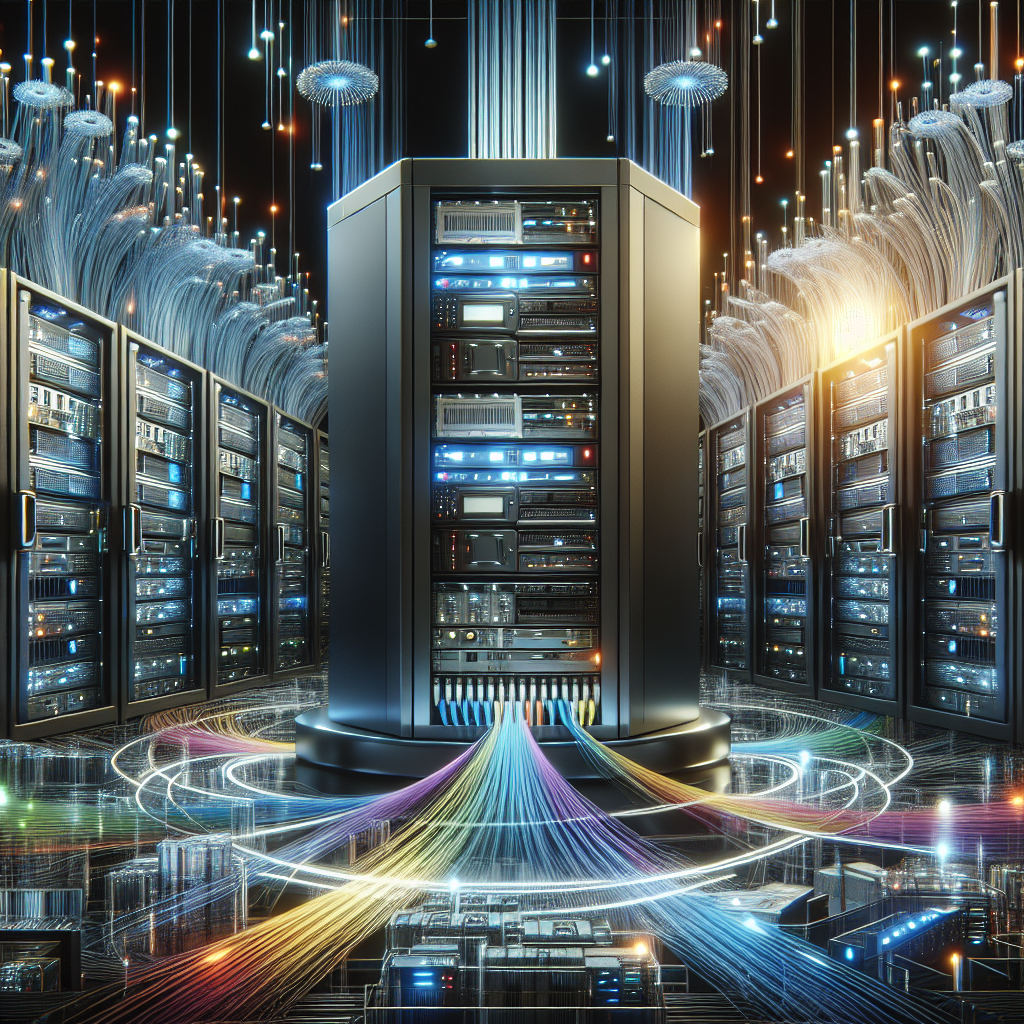Your cart is currently empty!
Future Trends in Data Center Cabling Technologies

Data centers play a crucial role in the functioning of businesses and organizations by storing, processing, and managing vast amounts of data. As technology continues to advance at a rapid pace, data center cabling technologies are also evolving to meet the increasing demands for higher bandwidth, faster speeds, and greater flexibility. In this article, we will explore some of the future trends in data center cabling technologies that are shaping the way data centers are designed and operated.
One of the key trends in data center cabling technologies is the transition towards higher speeds and greater bandwidth. With the proliferation of data-intensive applications such as cloud computing, artificial intelligence, and the Internet of Things, data centers need to be equipped with cabling infrastructure that can support the transfer of large volumes of data at lightning-fast speeds. This has led to the development of technologies such as Category 8 cabling, which can support speeds of up to 40Gbps and 100Gbps over short distances, making it ideal for high-density data center environments.
Another emerging trend in data center cabling technologies is the move towards greater flexibility and scalability. Traditional cabling systems can be cumbersome and time-consuming to install and manage, especially in large data center environments. To address this challenge, manufacturers are developing modular cabling solutions that allow for easy installation, maintenance, and upgrades. For example, pre-terminated fiber optic cabling systems enable data center operators to quickly deploy new connections without the need for specialized tools or expertise.
In addition to speed and flexibility, data center cabling technologies are also focusing on improving energy efficiency and reducing costs. As data centers continue to consume large amounts of power, there is a growing emphasis on designing cabling systems that minimize energy consumption and waste. For instance, manufacturers are developing cabling solutions with reduced power loss and improved heat dissipation properties, resulting in lower operating costs and a smaller environmental footprint.
Furthermore, the rise of edge computing and distributed data centers is driving the development of new cabling technologies that can support these decentralized infrastructures. Edge computing brings processing power closer to the end-user, reducing latency and improving performance for applications that require real-time data processing. To support this trend, manufacturers are developing cabling solutions that can seamlessly connect multiple edge data centers and devices, enabling seamless communication and data exchange.
Overall, the future of data center cabling technologies is focused on delivering higher speeds, greater flexibility, improved energy efficiency, and support for emerging trends such as edge computing. By staying abreast of these developments and incorporating the latest cabling technologies into their data center designs, organizations can ensure that their infrastructure is equipped to meet the evolving demands of the digital economy.

Leave a Reply